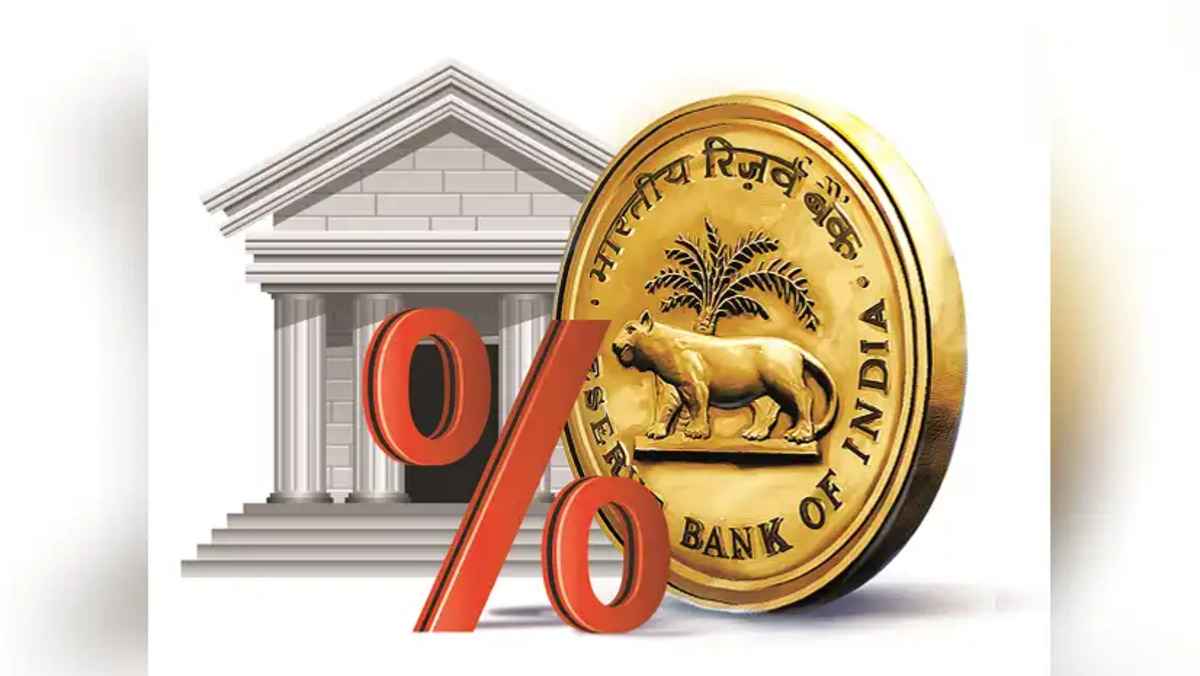In a significant move, the RBI Rate Cut announced in June 2025 marked a turning point in India’s monetary policy. The Reserve Bank of India reduced the repo rate by 50 basis points and the cash reserve ratio (CRR) by 100 basis points, surprising many economists. This action also signaled a shift in policy stance from “accommodative” to “neutral.” Despite steady economic indicators, the RBI Rate Cut reflects a strategic effort to stimulate domestic consumption and private investment amid increasing global economic uncertainties.
Economic Backdrop: Signs of Resilience
India’s economy continues to exhibit resilience. Key indicators such as rising GST collections and a 13% year-on-year increase in E-Way bill generation point toward healthy corporate activity and robust logistics movement. Meanwhile, food inflation has started to stabilise, bolstered by optimistic monsoon forecasts—setting the stage for a likely uptick in urban consumption.
The Rationale Behind the RBI Rate Cuts
RBI Governor Sanjay Malhotra justified the aggressive monetary easing by citing growth falling short of expectations. The central bank aims to spur domestic demand in a time of external uncertainty, hoping that reduced interest rates will catalyse both consumer spending and private investment.
Mixed Consumer Sentiment and Growing Household Debt
Despite encouraging macroeconomic signals, consumer confidence remains fragile. Passenger vehicle sales have shown sluggish growth at just 2%, whereas motorcycle sales reflect stronger rural demand. At the same time, rising household debt—up from 36% to 42% of GDP—and a 50% surge in credit card borrowing over the past three years have contributed to a decline in household savings, now at an estimated 18%, down from 24%.
Implications of Eased Interest Rates
Lower borrowing costs are expected to ease household financial burdens, especially for mortgages and personal loans. This could, in theory, boost disposable income and lead to greater consumer spending. However, experts caution that rate cuts alone may not be enough—reviving consumer confidence will be crucial to achieving desired economic momentum.
Limited Room for Further Action
With the repo rate nearing historical lows and the CRR at a record minimum, the RBI’s monetary policy space is narrowing. This constraint suggests that the central bank may be left with fewer tools for future economic shocks. Analysts believe the RBI might be attempting to preserve some policy flexibility—or “dry powder”—for more critical times ahead.
Inflation Outlook and External Pressures
Consumer inflation has remained comfortably below the RBI’s 4% target, clocking in at 2.82% in May 2025. The moderation in food prices, alongside increased imports from deflationary economies like China, has helped maintain low inflation levels. While geopolitical tensions and potential oil price surges remain risks, recent ceasefire developments have provided some short-term relief.




